TL;DR
America has amazing spots for stargazing under really dark skies. Every location gives you a different experience:
- Death Valley NP (CA): One of the darkest places, ideal for Milky Way photography.
- Bryce Canyon NP (UT): Dramatic red hoodoos under starry skies, famous astronomy festivals.
- Mauna Kea (HI): World-class summit observatories & public viewing areas, unique southern hemisphere constellations.
- Cherry Springs SP (PA): Premier East Coast dark sky park, popular for star parties.
- Big Bend NP (TX): Remote desert park with vast, dark skies and clear air.
- Glacier NP (MT): High elevation, mountain-framed skies, potential for northern lights.
- Acadia NP (ME): Top East Coast spot with ocean horizons and coastal air clarity.
- Joshua Tree NP (CA): Desert landscapes and unique rock formations under clear, dry skies.
- Badlands NP (SD): Striking rock formations against starry Great Plains skies.
- Yellowstone NP (WY): Vast wilderness with thermal features adding interest.
Key Tips for Stargazing:
- Go during new moon phases.
- Check weather forecasts.
- Use red flashlights, bring seating, star charts/apps.
- Plan accommodations (camping or nearby towns).
- Arrive early, allow 20-30 mins for night vision.
- Dress warmly and prioritize safety (especially in remote areas).
America’s Most Spectacular Stargazing Destinations
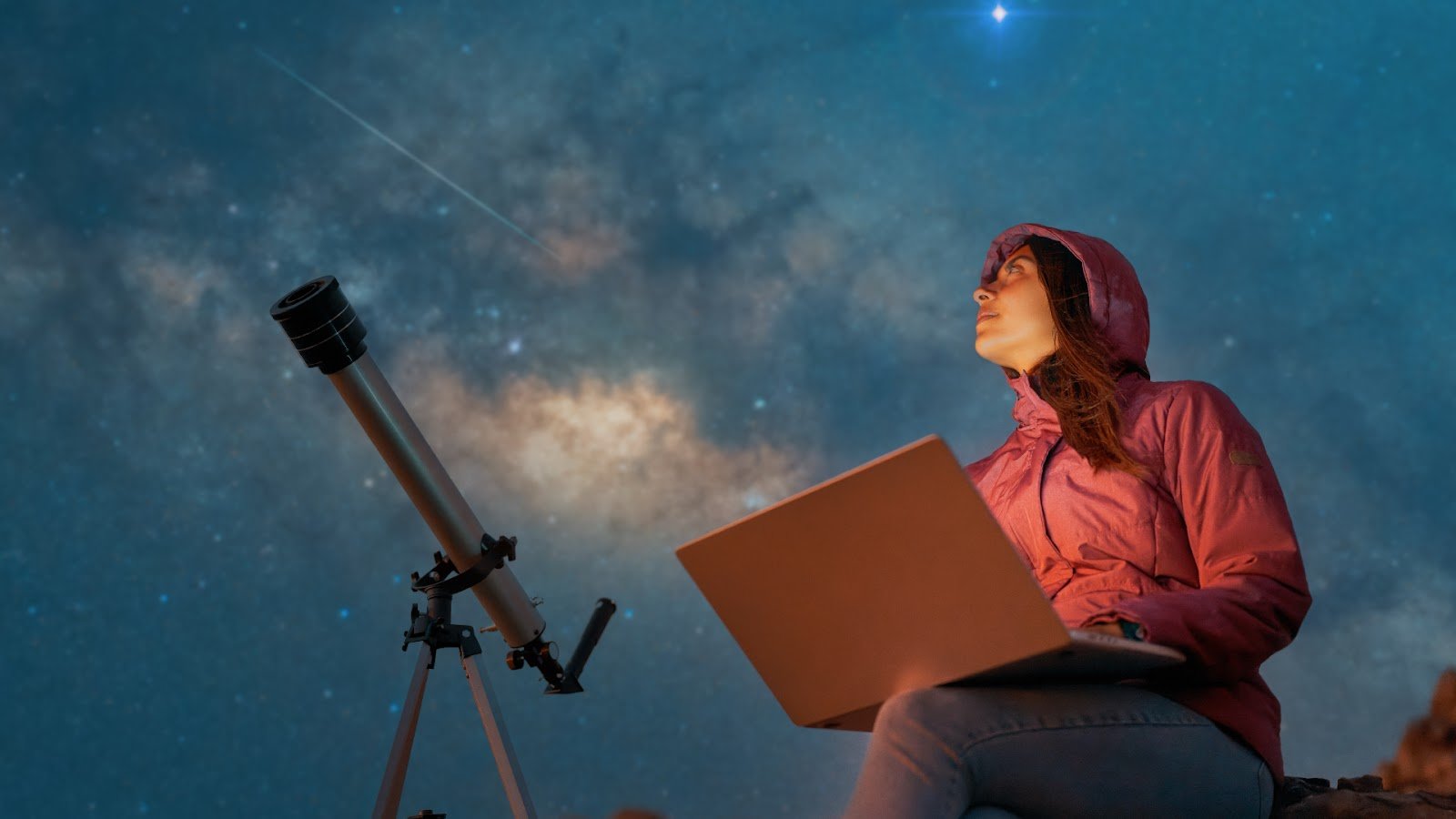
When city lights disappear and darkness covers wide-open spaces, the sky does something pretty amazing. Stars come out in bright shows that explain why people have always looked up at night. You’ll find so many spots across America where this happens, each with its own feel and way to see the stars.
Places range from huge deserts to high mountain tops, giving clear views of space. Getting to some spots means long drives on twisty roads. Others are surprisingly close to big cities, perfect for a quick weekend trip.
Death Valley National Park, California

Death Valley earns fame as one of America’s darkest spots. This huge desert park covers over 3 million acres. That vast space acts like a shield, blocking out unwanted light. Summer heat gets dangerously intense, yet winter nights become perfect for watching stars.
Park rangers frequently run astronomy programs when things cool down. You can join their guided tours or just head out on your own. Badwater Basin makes a great viewing area – it’s flat and wide open. Up at Zabriskie Point, the elevated position frames stars against dark landscape shapes below.
Professional astronomers often choose Death Valley for their work. Its height above sea level and very dry air create near-perfect sky conditions. Taking pictures of the Milky Way feels almost easy here. You can see our galaxy’s arms stretch clearly across the horizon.
Bryce Canyon National Park, Utah
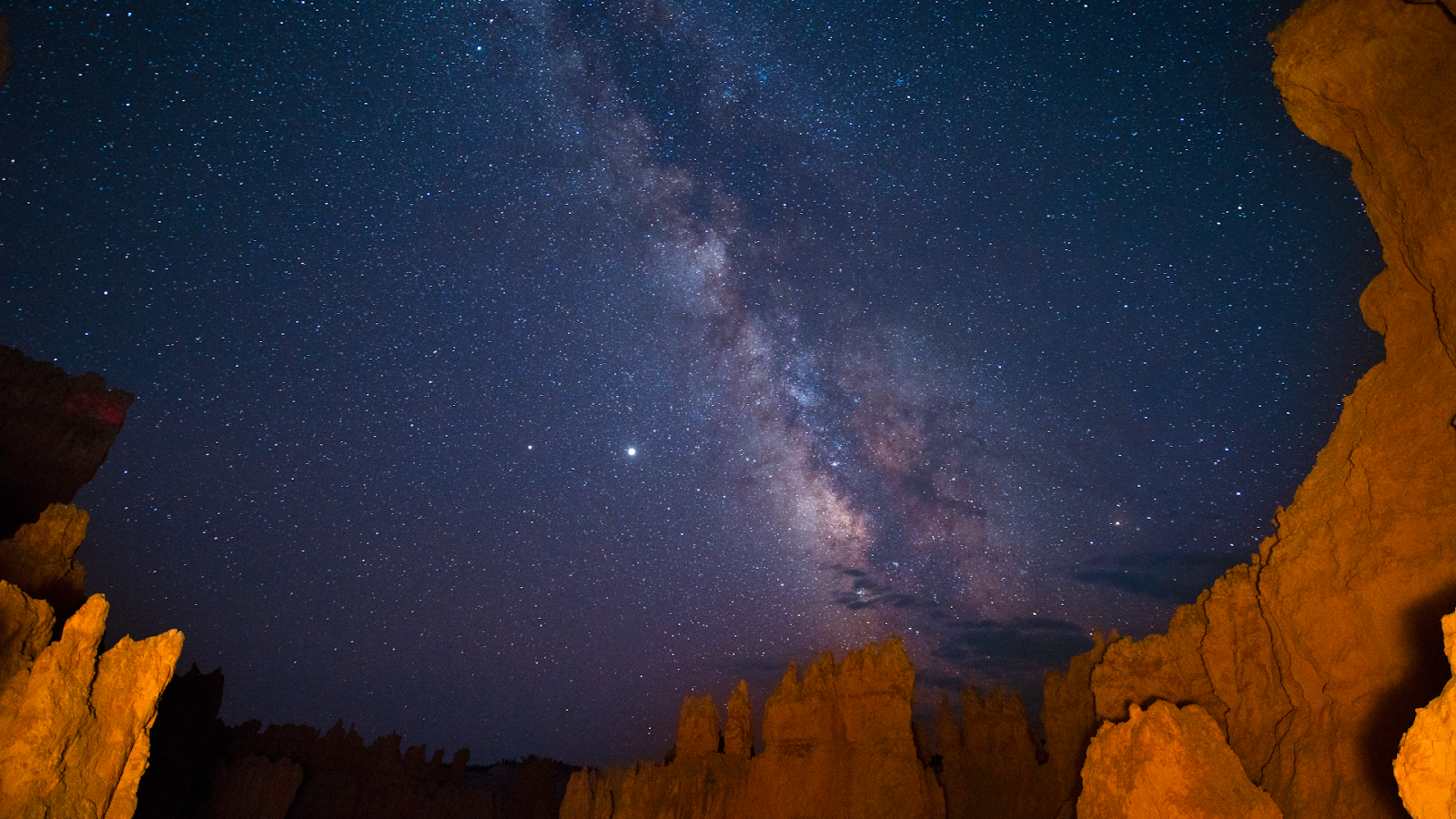
Bryce Canyon pairs amazing rocks with incredible stargazing. Tall, red hoodoo formations make a wild foreground for the night sky. Sitting over 8,000 feet high, visitors get above a lot of Earth’s hazy air.
Thousands come for yearly astronomy festivals. You’ll find telescope demos, talks by experts, and guided tours of the stars. Sunset Point becomes a main spot for looking up at night, but other viewpoints show just as much.
Winter trips need warm clothes, but the payoff is super clear skies. Hoodoos covered in snow bounce back starlight, making things feel truly magical. Rangers suggest getting there early for the best spots, especially when events are busy.
Mauna Kea, Hawaii
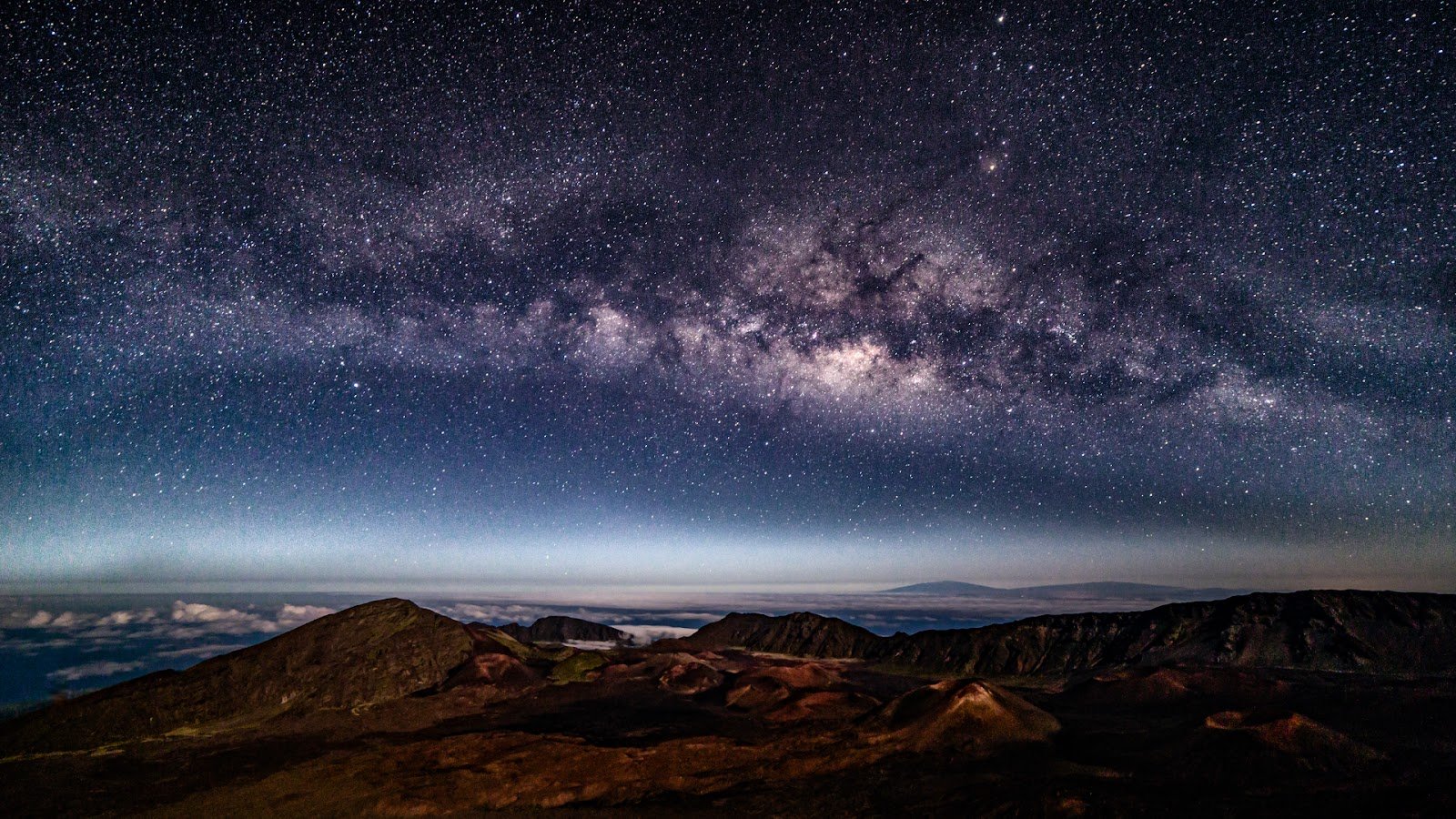
Mauna Kea stands over 13,700 feet tall. This height makes it one of Earth’s best spots for astronomy. While professional observatories sit on summit, amazing stargazing happens at public areas too. You don’t need special access for great views.
At 9,200 feet, you’ll find the Visitor Information Station. It’s perfect for observing stars. Free telescope programs run most nights, if the weather cooperates. Friendly volunteers help you spot planets, clusters of stars, and far-off galaxies.
Mauna Kea’s location offers a special view: constellations usually seen only from the Southern Hemisphere. You can’t spot these star patterns from the mainland US. Clean Pacific air and very little light pollution create some of Earth’s clearest skies for stargazing.
Cherry Springs State Park, Pennsylvania
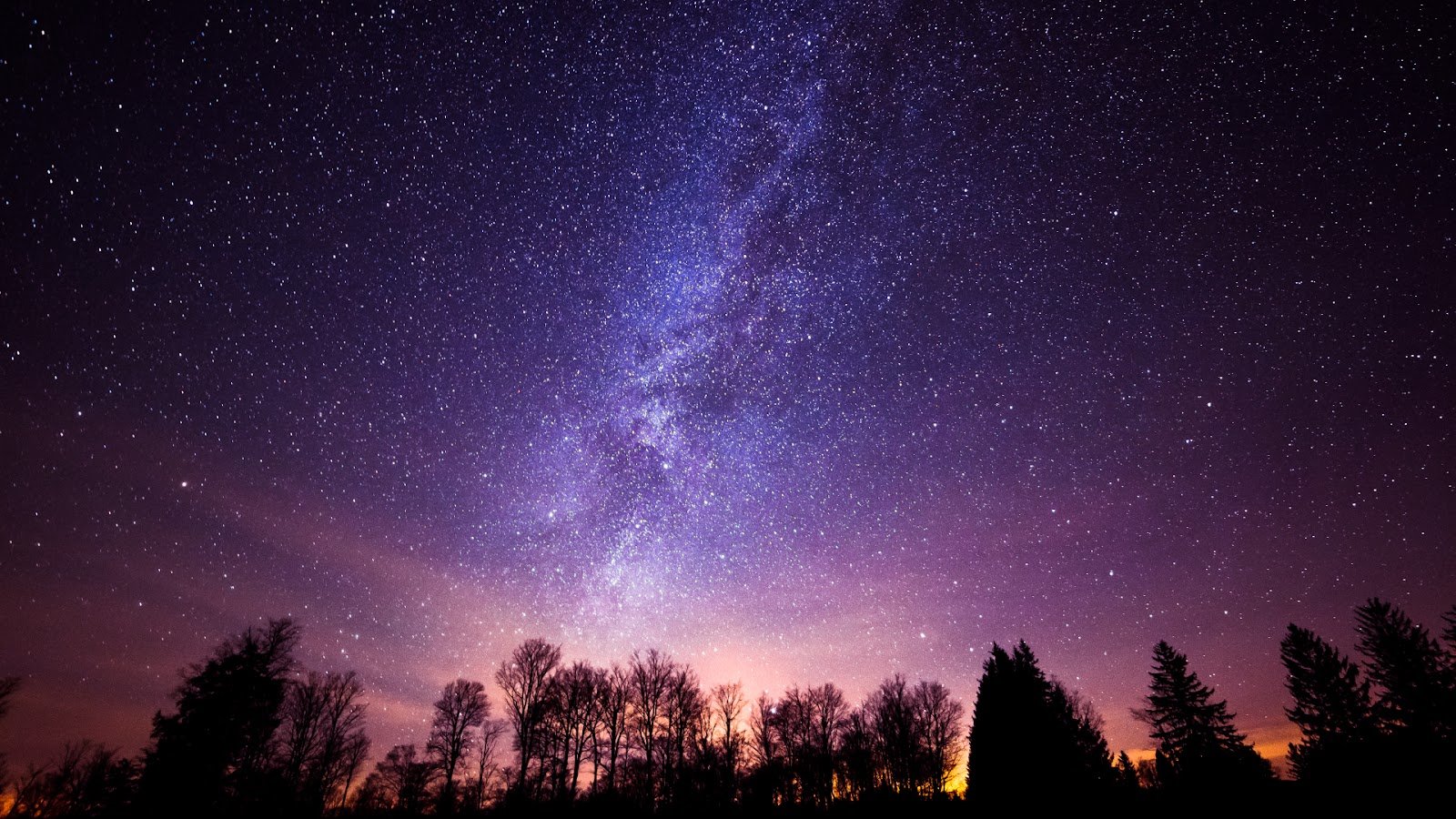
Pennsylvania might surprise you as a top stargazing spot, but Cherry Springs State Park changes that idea. This 82-acre park lies in Potter County’s dark sky zone. Surrounding woods block city glow, making a natural observatory.
The Astronomy Field gives plenty of room for telescopes and group viewing. Park staff keeps it ready just for stargazers. Regular star parties draw amateur astronomers from all around.
Folks on the East Coast find Cherry Springs especially appealing. It’s within easy reach of big cities yet offers truly dark skies. Summer brings constellation tours and astrophotography workshops.
Big Bend National Park, Texas
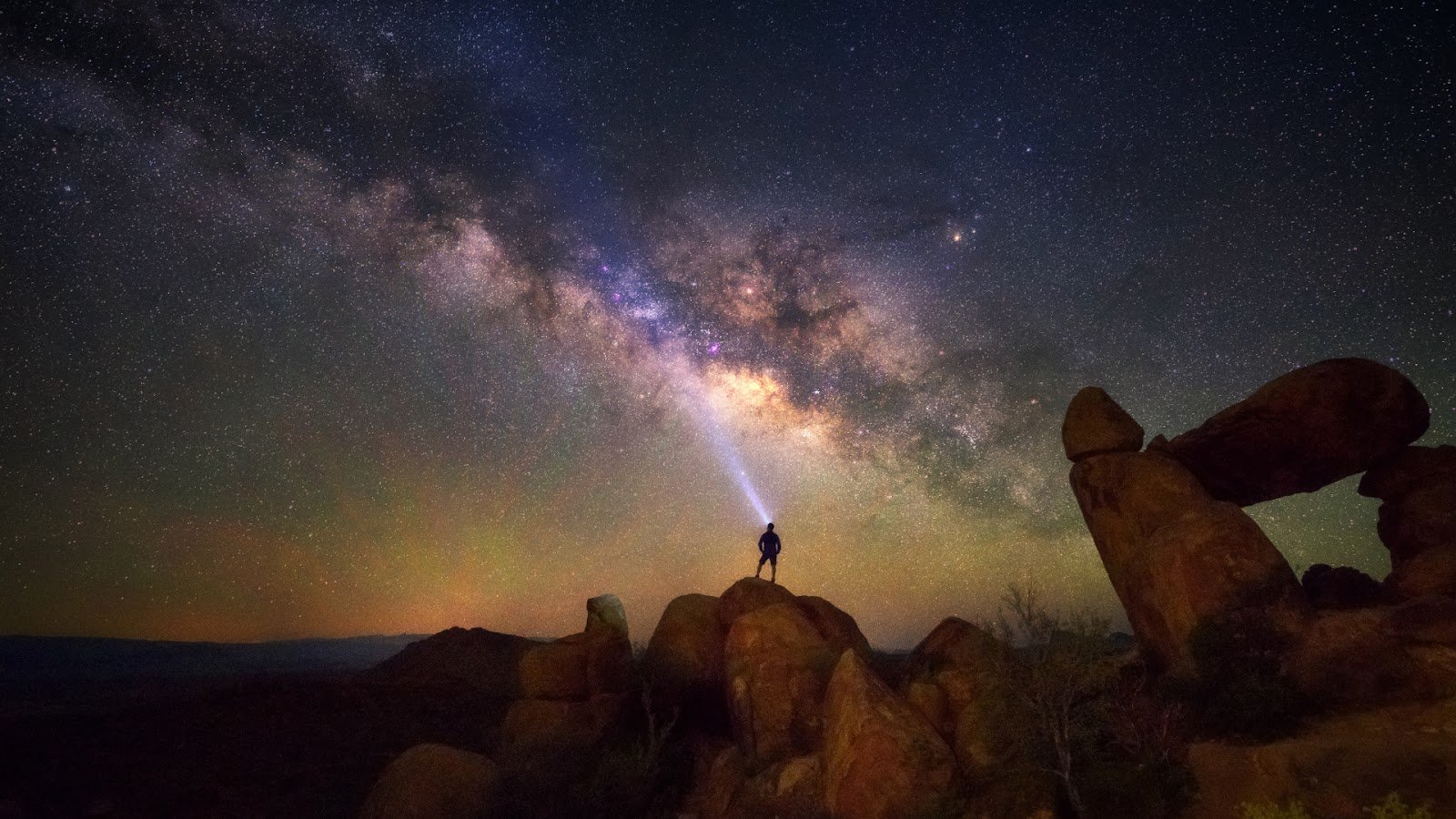
Big Bend sits way out along the Rio Grande. That remote spot means really dark skies. This park is huge, covering more than 800,000 acres of Chihuahuan Desert. Land across the border in Mexico stays mostly wild. Less development there means less light pollution sneaking in.
Check out Santa Elena Canyon for stargazing. Its giant limestone walls frame the night sky dramatically. Persimmon Gap offers wide desert views, perfect for spotting the Milky Way. Visiting in spring or fall? Temperatures are comfy for long nights under stars.
Desert air is super clear, making stars pop. It’s dry, so you get fewer cloudy nights than many places. Listen while you look: coyotes howl and owls call. These sounds make a natural soundtrack for your stargazing.
Glacier National Park, Montana
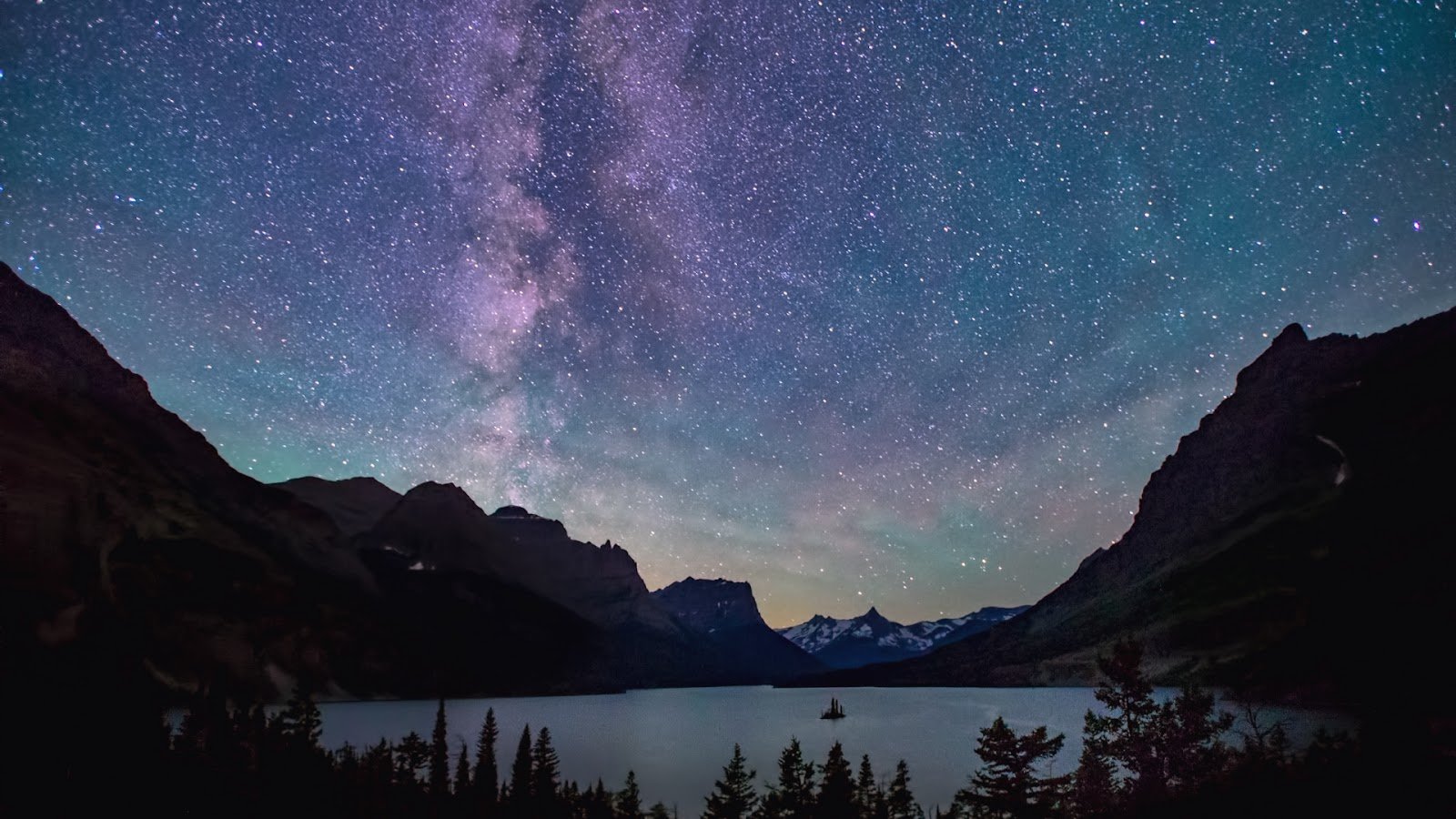
Glacier National Park pairs massive mountains with amazing night skies. Its high elevation and northern location make for special stargazing. Going-to-the-Sun Road even has spots to pull over and look up right from your car.
Logan Pass sits at 6,646 feet. You get wide-open views everywhere. Those mountain peaks frame the stars perfectly, giving photographers some awesome shots. On still nights, Lake McDonald mirrors the starlight, doubling the show.
Summer visitors get long days followed by incredible nights. Winter access is tougher, but determined folks find snow actually brightens the starlight. Sometimes, if solar activity is high, you might even catch northern lights.
Acadia National Park, Maine
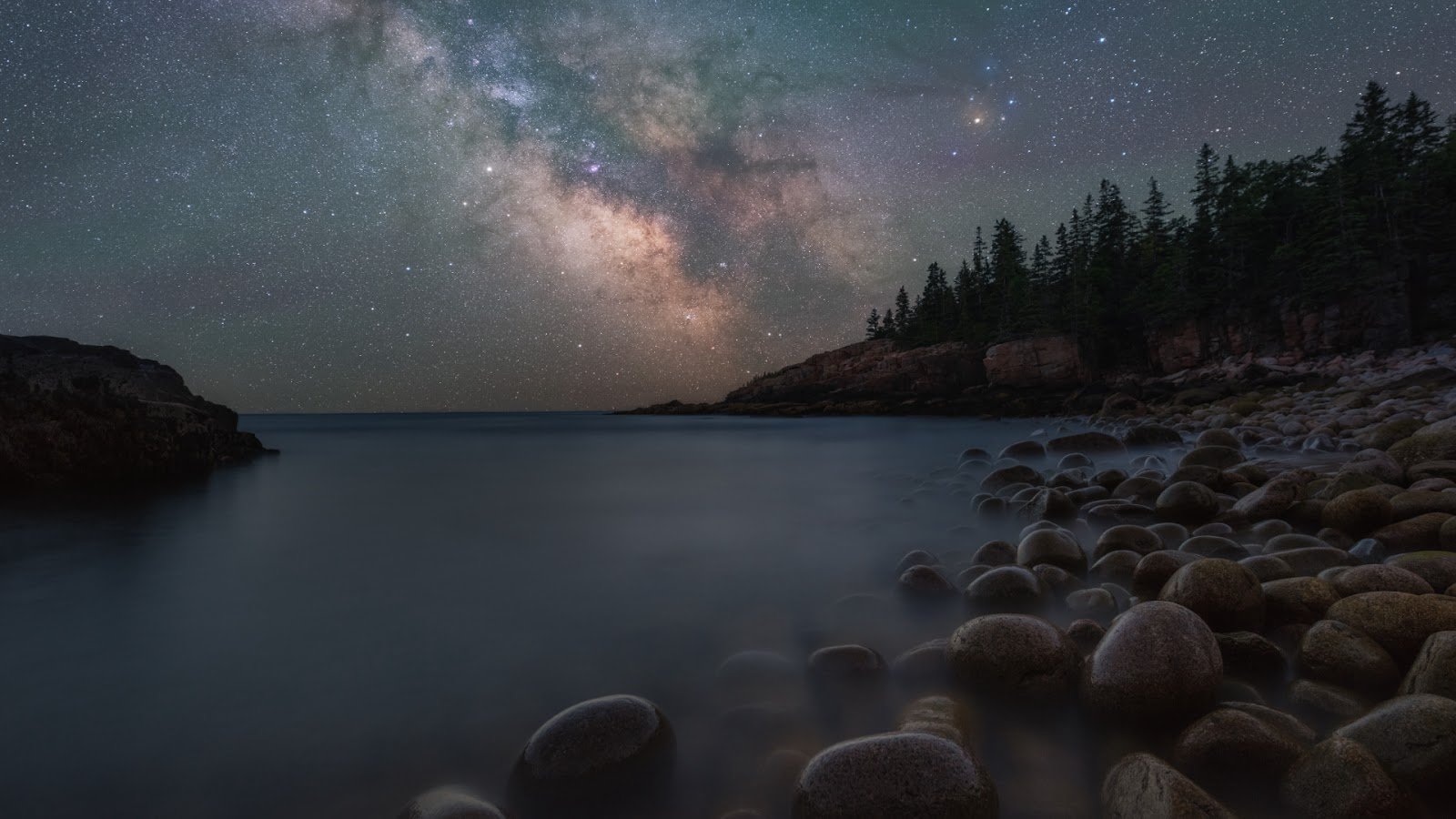
Acadia shines for East Coast stargazing. Cadillac Mountain lifts you high, giving fantastic views over the land. From there, ocean horizons stretch wide open to the east – perfect for spotting planets and stars.
Bar Harbor sits close by, offering places to stay and eat. This easy access makes Acadia a great pick for families or casual sky watchers. You can even mix stargazing with coastline sights at spots like Thunder Hole.
Air over Maine’s coast stays remarkably steady. Ocean breezes sweep away haze and keep temperatures comfortable while you look up. Visiting in fall? You’ll find nice weather and longer nights, perfect for spending more time under the stars.
Joshua Tree National Park, California
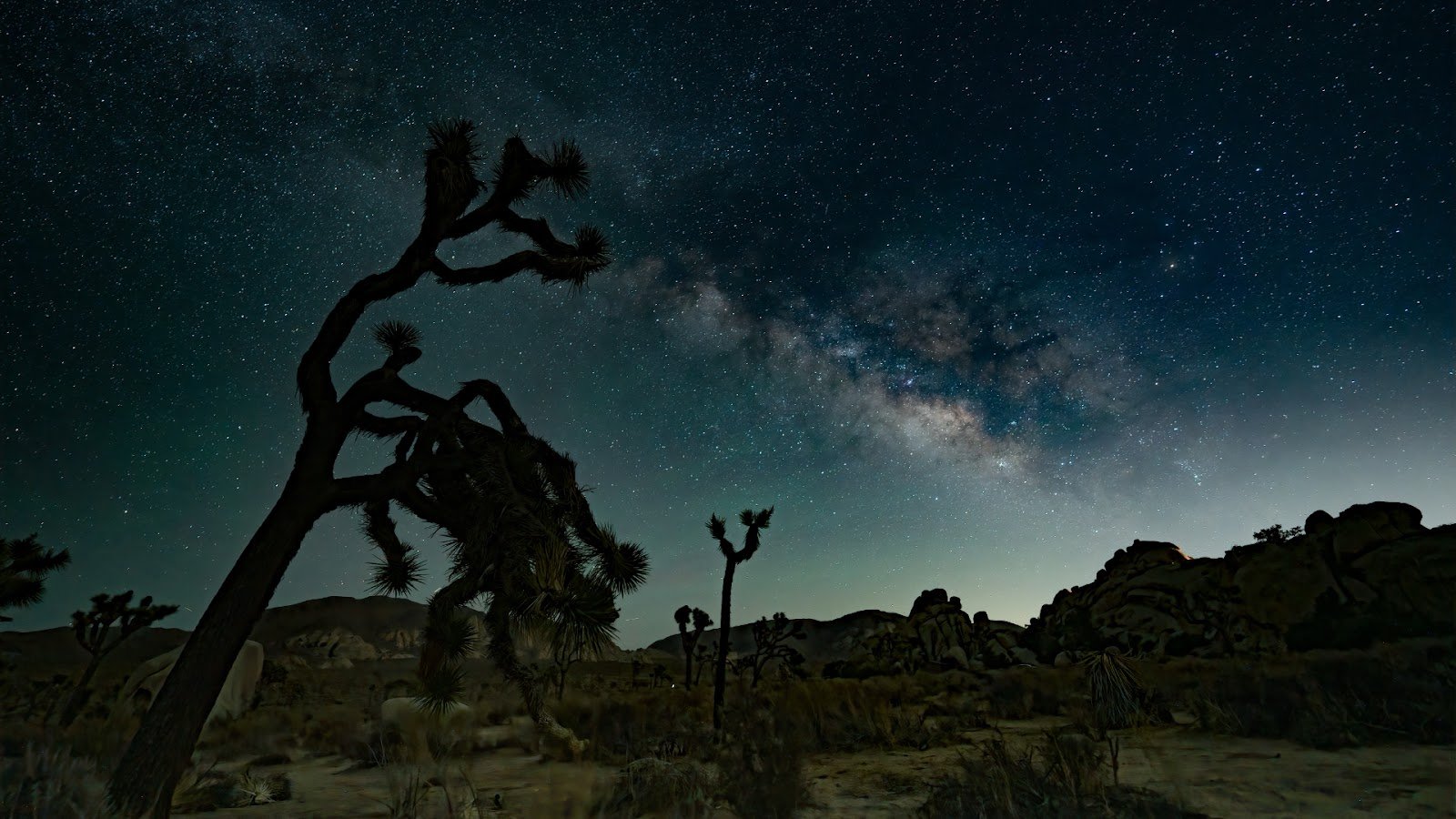
Joshua Tree’s desert setting makes for amazing stargazing. Two different ecosystems come together inside the park, giving photographers varied landscapes under the stars. Keys View sits high up, offering wide views across Coachella Valley.
Over at Skull Rock, you’ll find spots that feel like natural amphitheaters, great for groups. Weird rock shapes block wind and make comfortable places to sit. Cholla Cactus Garden looks downright otherworldly lit only by starlight.
Desert air stays dry, so clouds are rare most nights. Winter brings pleasant temperatures, perfect for staying out late. When spring arrives, wildflowers add beautiful daytime sights to balance nighttime sky watching.
Badlands National Park, South Dakota
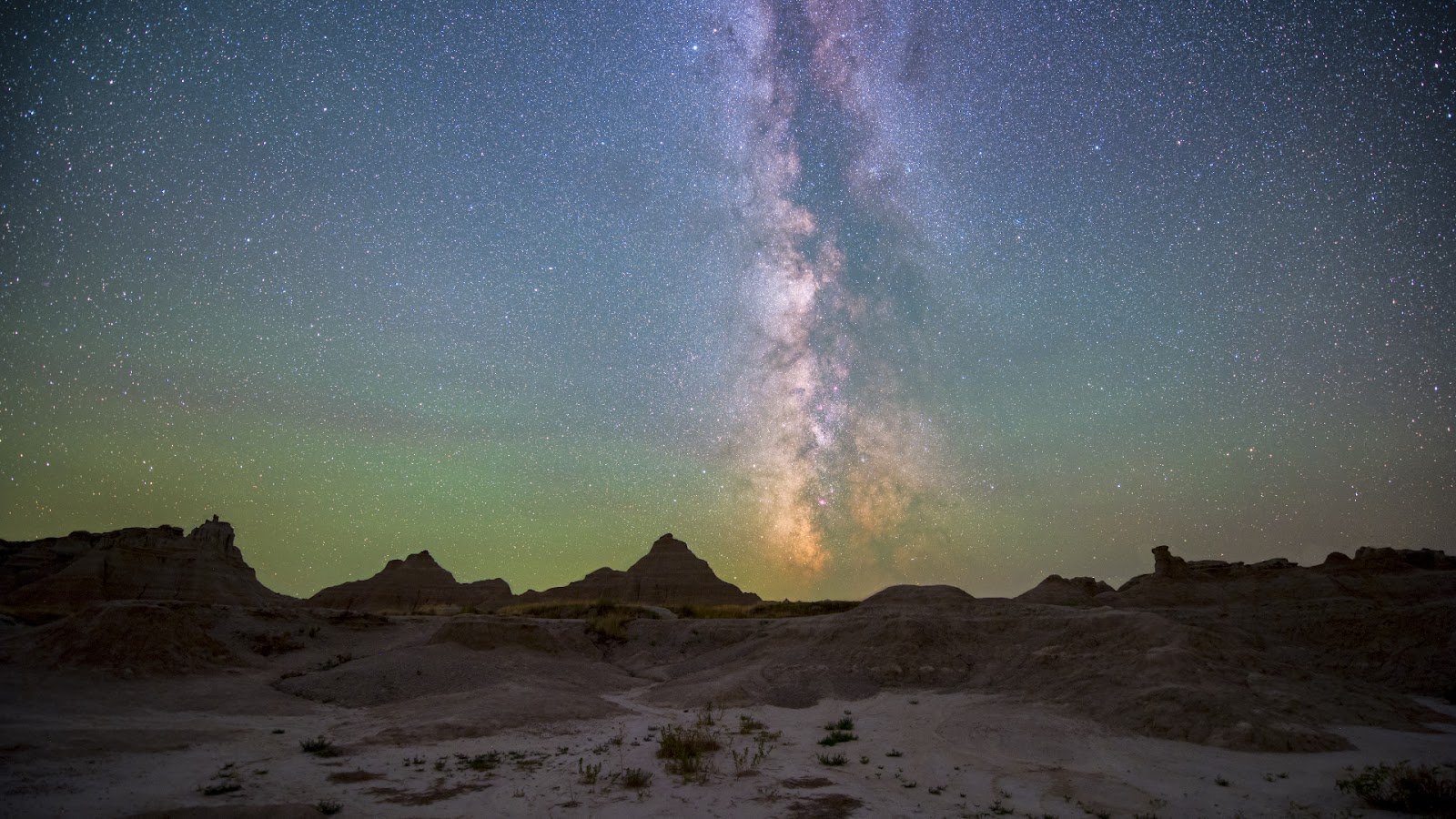
Badlands’ rough scenery really makes stars pop against it. Those layered rocks aren’t just old stories; they also give you a higher spot to look up from. Places like Pinnacles Overlook offer huge views, great for seeing lots of sky at once.
Need amenities? Cedar Pass has visitor facilities and spots to stargaze nearby. Want more solitude? Head to Sage Creek. It’s farther out, better for dedicated observers. Past the rocky shapes, wide prairie grasslands keep horizons clear and open.
Being on the Great Plains helps too. Flat land means less stuff gets in your way when viewing the sky. Dry air often means steadier seeing. Summer storms can put on an amazing lightning show first, then leave behind perfect conditions for stars.
Yellowstone National Park, Wyoming
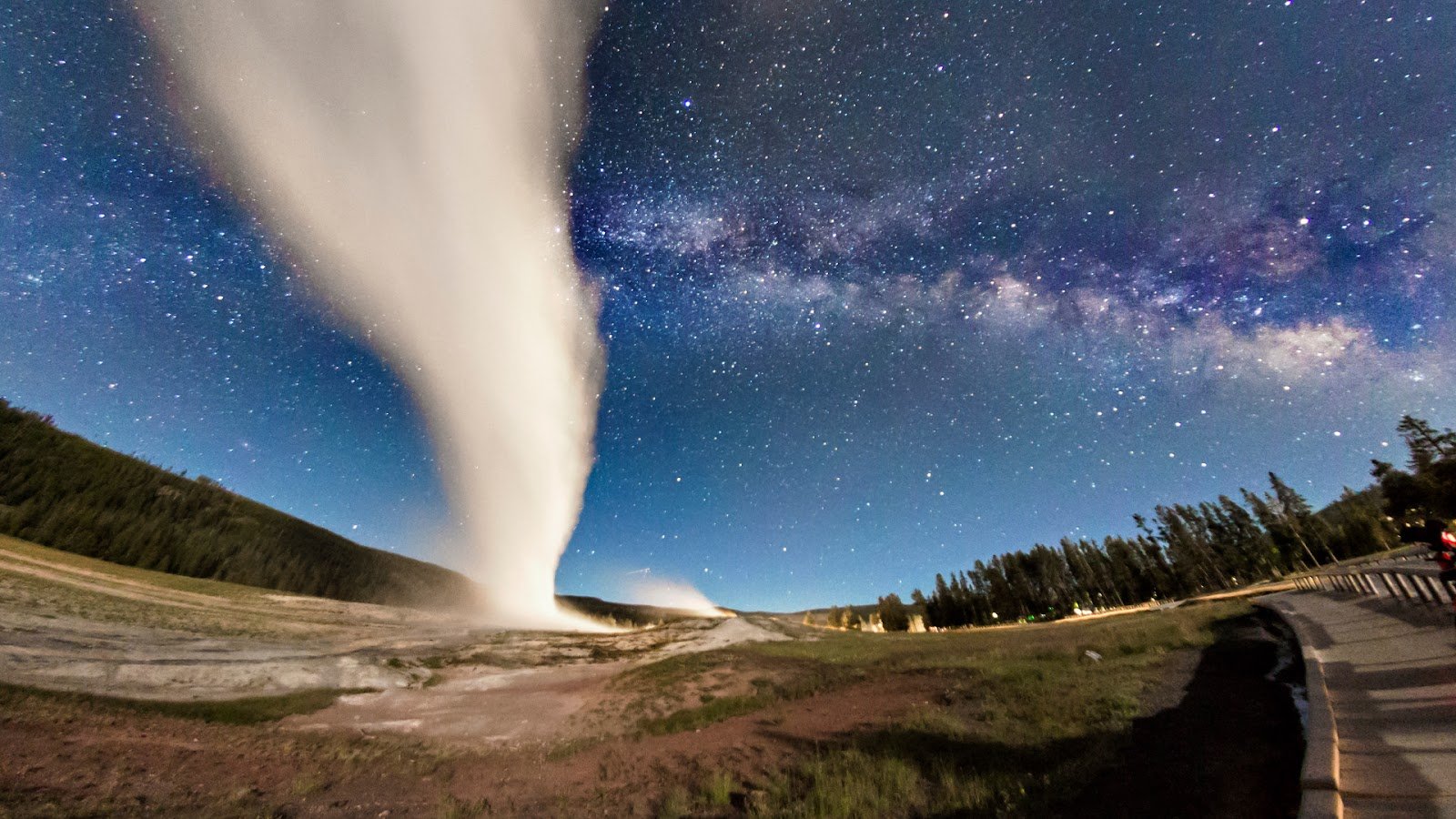
Yellowstone’s huge wilderness is perfect for stargazing. Grab your telescope and head out. Lamar Valley gives you wide-open views with hardly any light pollution. Near Old Faithful, you find visitor amenities, yet skies stay pretty dark.
The Grand Canyon of Yellowstone makes a stunning backdrop for night photos. Hayden Valley is a great spot too; watch wildlife by day, then stars at night. Don’t forget the park’s thermal features – they add really cool foregrounds to your astronomy shots.
High elevation plus a northern spot means great viewing. Summer nights are warmer, but they’re shorter. Visiting in winter? Bundle up. The payoff is incredibly clear skies overhead.
Planning Your Stargazing Adventure
Want great stargazing? Prep and timing matter most. Aim for new moon nights – they give darkest skies. Always check weather forecasts first; you need clear conditions. Remember seasons too. They change what you see overhead and ground conditions where you stand.
Bring the right gear:
- Use a red flashlight; it keeps your night vision sharp.
- Pack comfy chairs or blankets. You’ll enjoy watching longer.
- Grab star charts or use an app. They help name constellations and planets.
Places to stay differ a lot. Some spots let you camp right inside parks. Others mean staying in a nearby town and driving to the viewing area. Book ahead, especially when it’s busy. Many spots require reservations.
Making Most of Your Visit
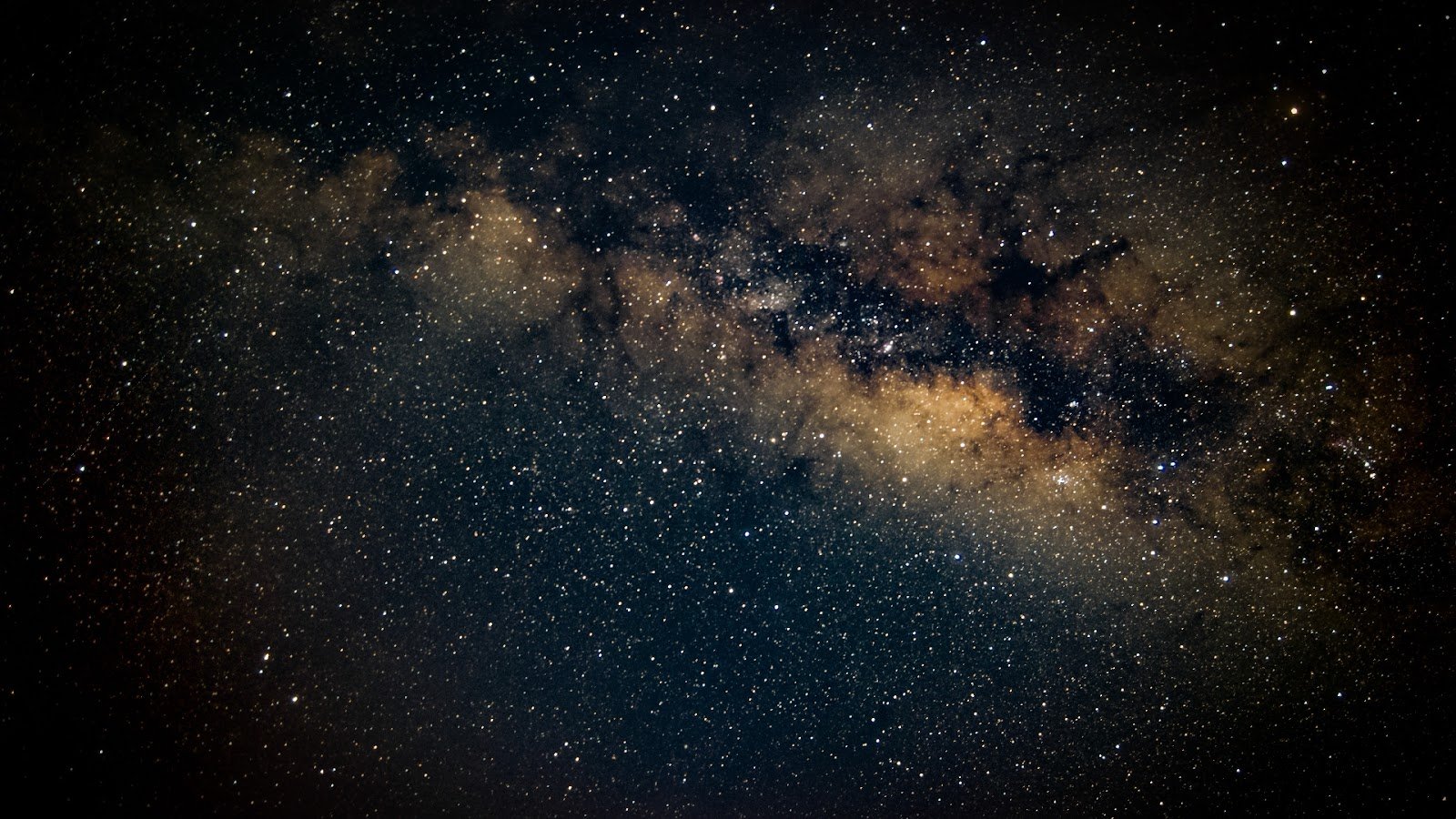
Get there early to grab a great spot and let your eyes get used to the dark. Full night vision takes about 20-30 minutes. Keep bright lights off during this time so you don’t lose it.
For photos, bring a tripod because shots take time. You’ll need to play with camera settings depending on where you are. Going with others can be more fun – sharing finds and gear helps.
Stay safe: tell someone where you’re going and pack emergency items. Many remote spots have no cell signal. Weather matters a lot, especially up high or in deserts.
America’s stargazing spots work for everyone. Want a relaxed family outing or serious telescope time? These places deliver amazing views. Just head away from the city glow to where stars shine bright as ever.
FAQ
Is Astrophotography Allowed Everywhere In These Parks?
Usually yes, but some places have rules. Forget light painting with artificial sources in dark sky parks like Cherry Springs. Also, tripods might need permits in certain wilderness areas. Best bet? Just stick to park rules.
How Do I Protect Night Vision Beyond Using Red Lights?
Try to skip phone screens. Instead, switch apps to night mode – that red setting helps. If you must use bright white light, give people nearby a heads-up first. And remember: after being in the dark, give your eyes time to adjust. Wait at least 30 minutes.
Should I Rent Gear If I’m A Beginner?
Absolutely! Lots of astronomy clubs and places like Mauna Kea visitor centers lend out binoculars or telescopes. You’d be surprised how common it is. Also, public star parties—Cherry Springs is a great example—often let people use telescopes too.

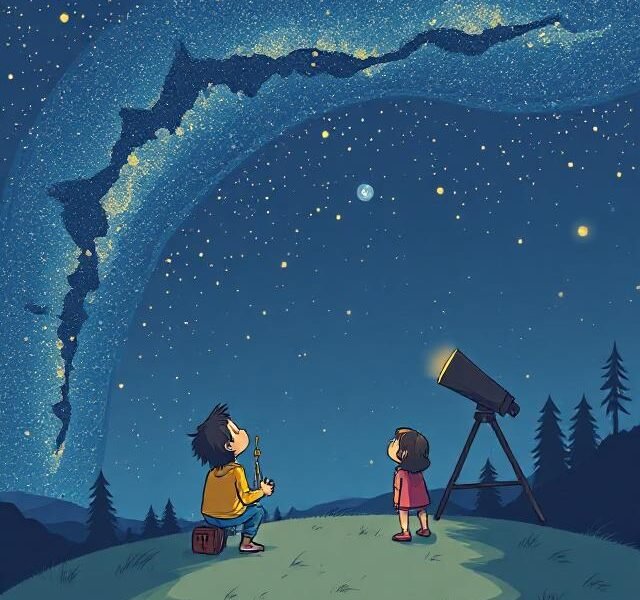




0 Comments